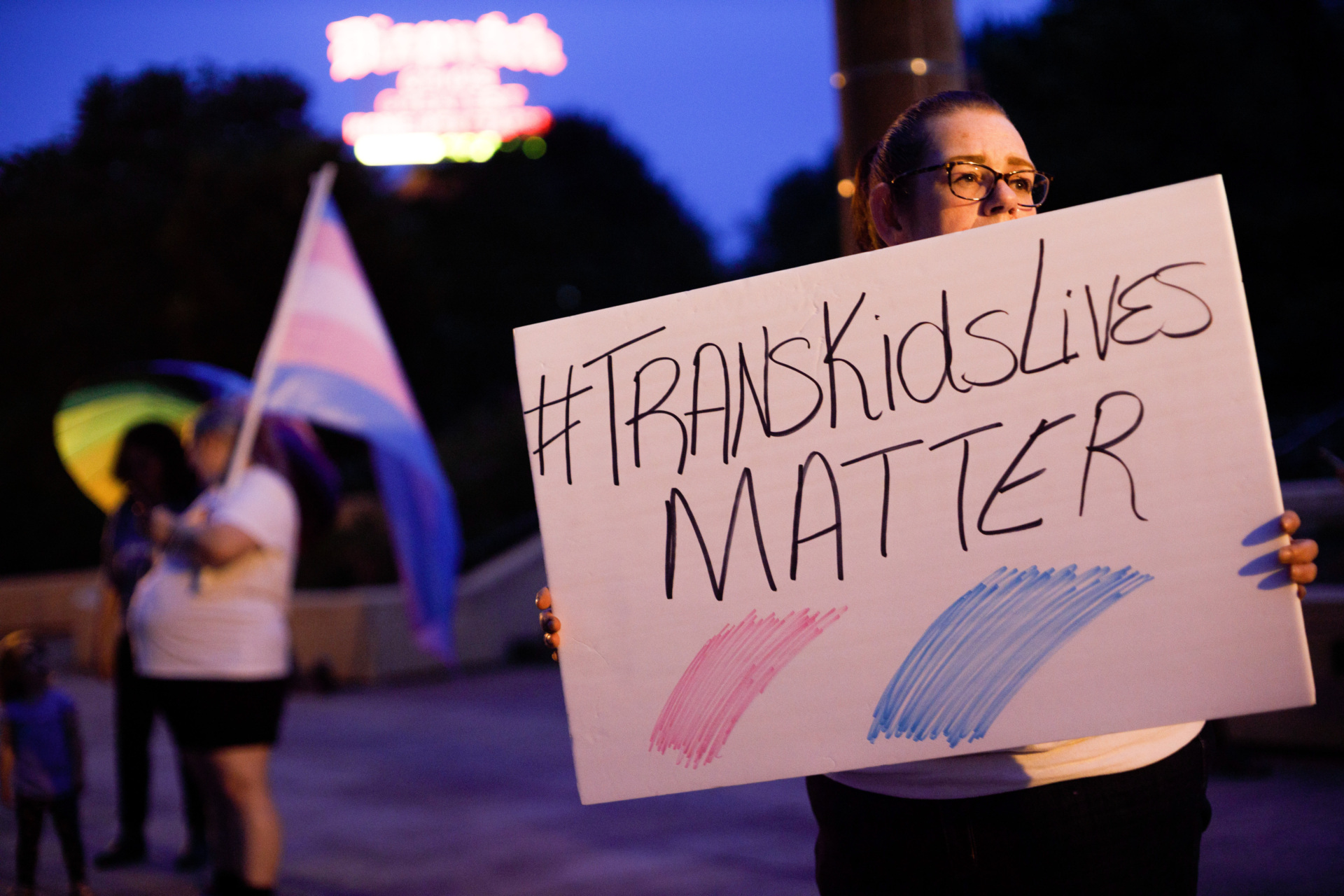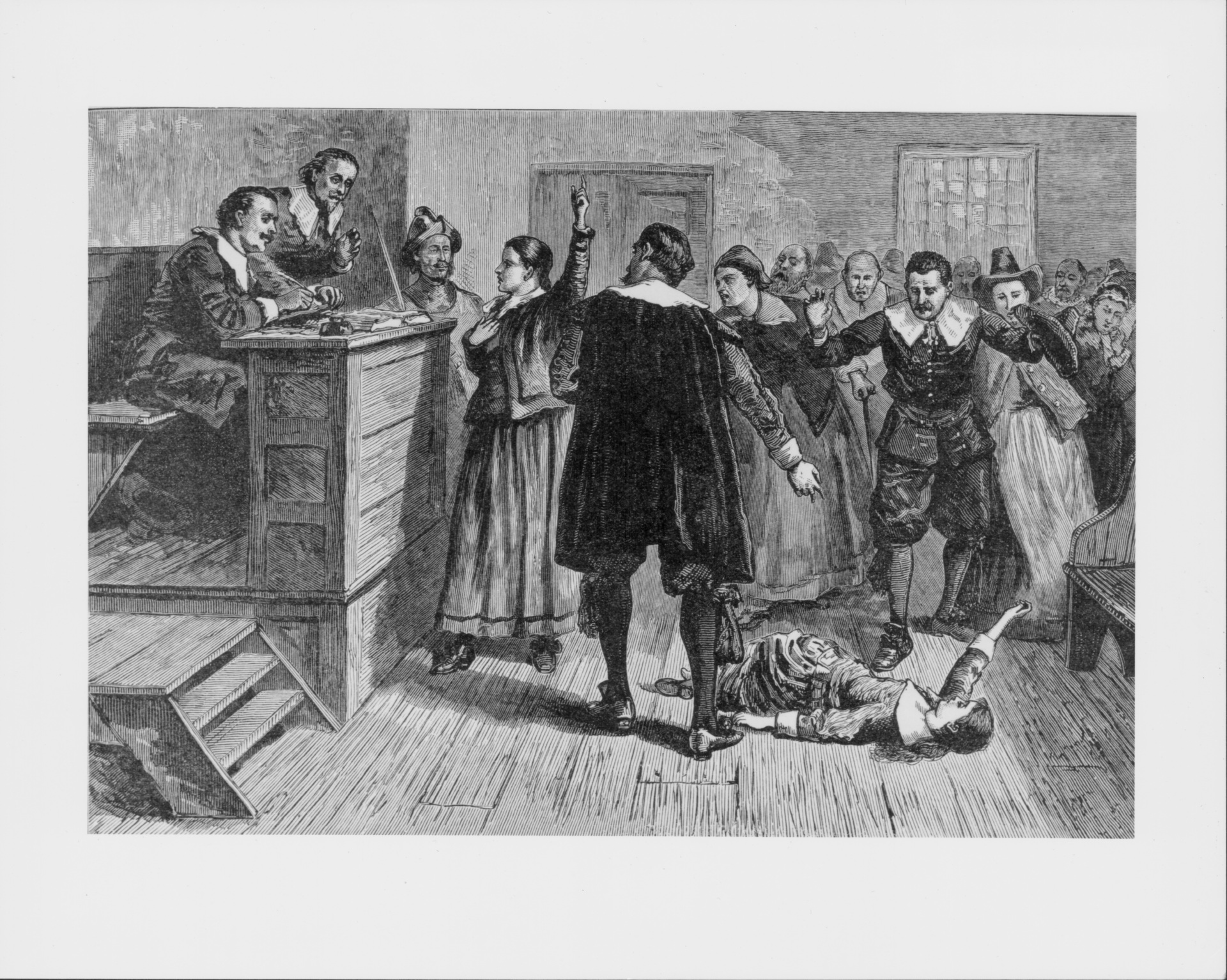Remember the twitching girls in upstate New York?
About a decade ago, more than a dozen teen girls, crazed with puberty and hormones, developed a weird medical condition. Despite the utter scientific implausibility of their alleged illness, the mania soon spread to other girls at their school. And then it all just disappeared, giving us a road map for dealing with teenaged girls today, who demand the right to mutilate their sexual organs and inject themselves with infertility-inducing drugs.
We’ll get back to the twitching girls. First a political point.
At brunch this weekend, a couple remarked, with some irritation, that in any gathering of Republicans, everybody always starts talking about transgenders. Evidently, it’s not just Republicans. The same topic was vexing Democrats at brunch the next day. The couple’s point was: STOP TALKING ABOUT TEENAGE TRANSGENDERS!
On the other hand, any politician with three functioning brain cells will hear the same story and think, The electorate is inflamed! I better start talking about transgenders! It’s nothing big, just the greatest medical malpractice in history currently being perpetrated on America’s youth.
All I needed to know about the transgender craze was that, in a massive survey of parents of transitioning teens, 92 percent were women, 71 percent had a bachelor’s or graduate degree, 86 percent favored gay marriage, and 91 percent were white.

A transgender activist holds a sign outside the Ohio Statehouse on June 24, 2021. (Stephen Zenner/Getty Images)
I’m dying to hear about the biological pathway of a medical condition that afflicts almost exclusively the offspring of liberal white women. (Silver lining: On breaks from talking about their transitioning daughters, the mothers can compare “long-haul COVID” symptoms.)
The adolescent transgenders themselves were 83 percent girls (by which I mean “female,” that mysterious life-form unidentifiable by Justice Ketanji Brown Jackson).
These delicate creatures — hormones flooding their bodies, social acceptance more important than life itself — have launched any number of interesting societal phenomena through the years:
— the Salem witch trials (look up Ann Putnam Jr.);
— anorexia nervosa (females are three times more likely to have anorexia than males);
— cutting (girls are three times more likely to engage in cutting than boys);
— cavalcades of prescription drugs that shouldn’t be given to any human being, least of all a teenager (teen girls are about twice as likely to be on antidepressants as teen boys); and now …
— transgenderism. (In the past decade, the number of girls seeking to transition has gone up by about 5,500 percent; compared to 1,500 percent for boys, according to the Tavistock Centre, the U.K.’s only gender identity clinic for teens.)

Engraving depicting the Salem witch trials, a famous case of mass-hysteria, in Salem, Massachusetts, 1692-1693. (Kean Collection/Archive Photos/Getty Images)
A Nexis search reveals that the word “transgender” was practically nonexistent in the New York Times until fairly recently. In the past 18 months, the Times has mentioned transgenders 2,784 times. You have to wonder how the Salem witch trials got rolling without the Times’ active encouragement.
But let’s get back to the twitching girls.
In 2012, the Times published a long magazine article about a rash of teenage girls in Le Roy, New York, having nonepileptic seizures — twitching, arms flailing, head jerking, uncontrollable humming, guttural noises, fainting, tics, and so on.
The Tourette’s-like seizures first occurred in a cheerleader, spread to several members of the team, then leapt to a dozen other female classmates. But, oddly, this absolutely genuine medical condition barely affected the boys, staff, or teachers at the school. (Only one boy and one teacher acquired the symptoms.)
This raised no suspicions among the mothers, who carried on at town meetings, screaming at school officials, “I’m done listening to you. You need to do something!”
Experts tested the water, the playing fields, the air, the abandoned manufacturing plants. The girls underwent extensive neurological testing. Erin Brockovich even sent a team to test the dirt at the school (despite the fact that she’d turned out to be completely wrong about the purported “cancer cluster” that made her famous).
The girls and their mothers appeared on “The Today Show” and the “Dr. Phil” show. CNN sent a team of experts to investigate.
In the end, there was nothing wrong with the girls. Everyone moved on. The tics went away.
Which, it turns out, is the only way these estrogen-fueled panics ever end. The Times cited famed epidemiologists, local neurologists, and feminist writers all making the exact same point: The worst thing to do when facing a psychogenic outbreak is give it attention and support. Feminist literary critic Elaine Showalter, for example, listed three prerequisites to a mass hysteria: “physician-enthusiasts and theorists; unhappy and vulnerable patients; and supportive cultural environments.”
Luckily for the girls of Le Roy, they were ordinary kids in an ordinary town, not the new victim on the block, much less the little darlings of the upper crust. If they’d been students at The Brearley School in New York City, they’d be thrashing about in wheelchairs to this day.

COMMENTS
Please let us know if you're having issues with commenting.